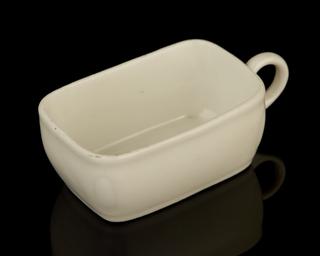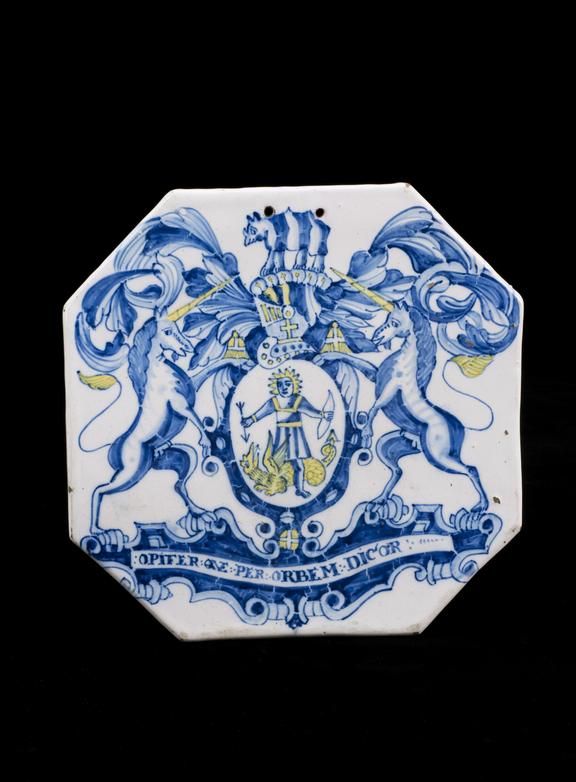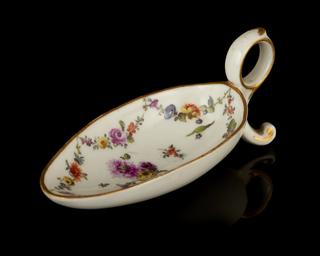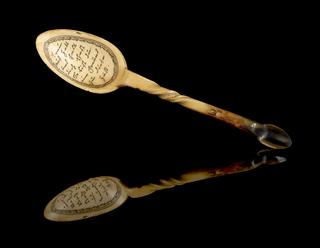

Earthenware pill tile, tin glazed, polychrome, octagonal and decorated with the arms of the Society of Apothecaries, Lambeth, English, 17th century
Pills and ointments would have been mixed and made on this pill tile. Drug pills were cut from large long rolls which had often been mixed with a sugar solution or liquorice. These cut sections could then be rolled into a roughly spherical shape. When other methods of pill making were introduced, such tiles were often then used for decoration and advertising.
The coat of arms of The Worshipful Society of Apothecaries of England – which came into being in 1617 – is painted on to the surface showing that the original owner was a member of the society. In it, Apollo, the Greek god of light, music and healing, is surrounded by two unicorns and a rhinoceros. The motto translates from Latin as “And I am called throughout the world the bringer of aid”. Below this the coat of arms of the City of London can be seen.
Details
- Category:
- Pharmacy-ware
- Collection:
- Sir Henry Wellcome's Museum Collection
- Object Number:
- A641531
- Materials:
- earthenware (tin glazed)
- Measurements:
-
overall: 18 mm x 242 mm x 242 mm, 1 kg
overall (as displayed): 240 mm x 244 mm x 12 mm,
- type:
- pill tile
- credit:
- Allbrook, A.F.




